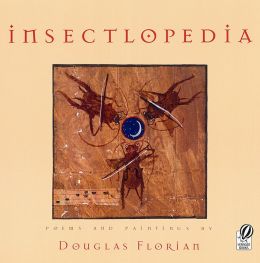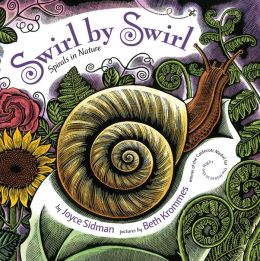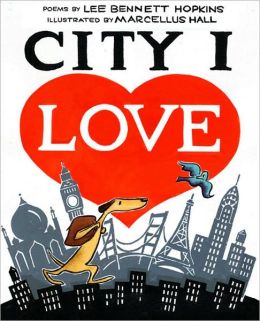
Lai, Thanhha. 2011. INSIDE OUT AND BACK AGAIN. New York: HarperCollins. ISBN 978-0-06-196278-3
REVIEW AND CRITICAL ANALYSIS
Kim Ha lives in Vietnam during the war with her mother and three older brothers. Her father went on a Navy mission when Ha was just one and they haven't heard from him since. The opportunity arises for the family to flee Saigon and make a new life in America. Ha's mother decided this is the best plan for their family and they board a boat headed for a new life. After departing the ship and staying in two temporary refugee camps, Ha and her family finally settle in Alabama with a sponsor family. There they must learn to find work, make friends, deal with bullies, a new language. and figure out how to become Americans.
INSIDE OUT AND BACK AGAIN is told through three sections of free-verse poems and takes place over the course of one year, 1975. The poetry format makes Ha's story easy to read and takes reader through a wide range of emotions without a lot of text to sift through. Told in first person narrative, it often seems as if you are reading Ha's diary. Each poem ends with the date, but some end with "every day" showing that she deals with those events and feelings every day. Lai successfully uses imagery in her poems to allow the reader connect with the characters' situations and emotions during their difficult journey.
"First Rule"
Brother Quang says
add an s to nouns
to mean more than one
even if there's
already an s
sitting there.
Glass
Glass-es
All day
I practice
squeezing hisses
through my teeth.
Whoever invented
English
must have loved
snakes.
~August 17
Thanhha Lai reveals in the author's note that Ha's story was inspired by her own memories of the Vietnam War and fleeing to Alabama with her family. She mentions that she wanted to write this emotional story not only to tell the facts of the journey, but also to capture the feelings and challenges people go through during their lives. Lai challenges the reader to "sit close to someone you love and implore that person to tell and tell and tell their story."
Ha experiences bullying as she adjusts to her new life in Alabama. This book could be used to lead students in a rich discussion of acceptance, tolerance, and ways we can help prevent bullying.
This book would be a perfect addition to a unit of study on the Vietnam War and the Fall of Saigon which is studied in high school US history classes. By reading the book, the students would get a feel for what life was like for the refugees who had to leave their homes because of the war. Since the book is based on real life events, it would give a human story to the history they are learning about.





